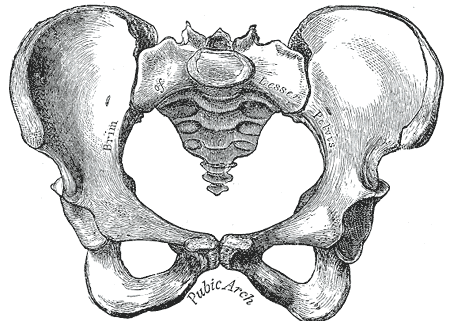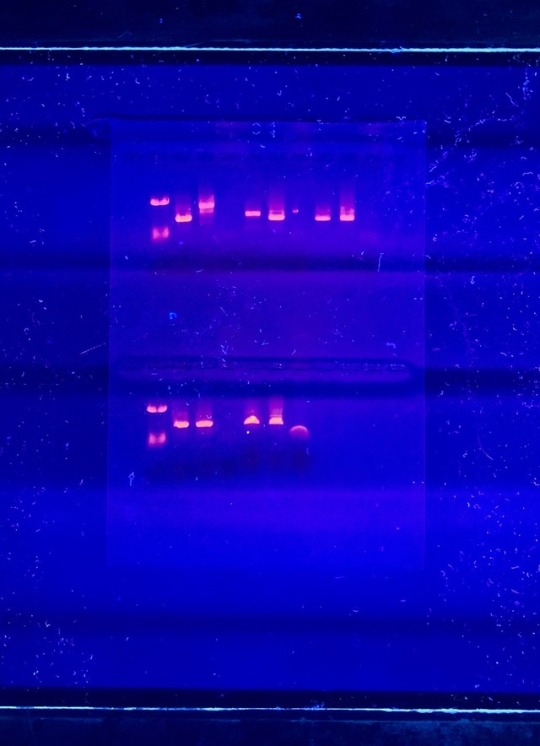I am setting up an internship to learn hands-on the technique of forensic facial reconstruction. The person teaching me works with the American Museum of Natural History (AMNH) here, in NYC.The technique (anatomical method) is said to be more...
I am setting up an internship to learn hands-on the technique of forensic facial reconstruction. The person teaching me works with the American Museum of Natural History (AMNH) here, in NYC.
The technique (anatomical method) is said to be more accurate than the tissue depth markers (alone), and computer. The anatomical or morphoscopic method for facial reconstruction involves rebuilding the face, muscle by muscle, tissue by tissue. This method is attributed to a Russian anthropologist, Mikhail M. Gerasimov (1907 - 1970), and it was the first technique developed in forensic sculpture. Gerasimov studied the face of more than 200 people and other human ancestors (Neanderthal and Java Man, 1927).

Image Source: Ullrich, Herbert & Stephan, Carl. (2016). Mikhail Mikhaylovich Gerasimov’s Authentic Approach to Plastic Facial Reconstruction. Anthropologie (Czech Republic). 54. 97-107.
The anatomical method is basically “fleshing out” the skull, meaning that piece by piece, glands, cartilage, and muscles are sculpted. The skull provides information “written” on the surface of the bone, whether it be muscle origin(s)/insertion points, as well as areas of smoothness where cartilage sits, or depressions where muscles lay. All of this combined with anatomy allows a face to be reconstructed from a skull, this then provides an identity for human remains.
Gerasimov, in the 1930s, realized that he was able to reconstruct faces of racial types (ancestries). Between 1937 - 1939, Gerasimov reconstructed the faces of a Papuan, Kazakh, and Khevsur Caucasian. Gerasimov also performed many forensic reconstructions for the NKVD. When Gerasimov reconstructed the faces of Yaroslav I the Wise (1938) and Andrei Bogolyubsky (1939) he received public attention. During WW2, Gerasimov worked at a hospital in Tashkent, and the various deceased victims worked as test subjects for statistical data on human skulls.

Image Source: Ullrich, Herbert & Stephan, Carl. (2016). Mikhail Mikhaylovich Gerasimov’s Authentic Approach to Plastic Facial Reconstruction. Anthropologie (Czech Republic). 54. 97-107.
Gerasimov honed his skills, and in 1950 received the USSR State Prize. Studying, and being interested in prehistoric animal bones as a child proved vital for Gerasimov’s craft. When the Soviet Ministry of Culture opened the tomb of Ivan the Terrible, Gerasimov reconstructed his face and received payment for his work. Gerasimov even traveled to Europe to find the skull of the poet, Schiller, within a mass grave. Gerasimov was not a man of politics and was always willing to help his friends.
Legacy: Gerasimov’s method of facial reconstruction spread all over the world. The anatomical method has been used to reconstruct the faces of pharaohs, and in the 1990s Russia used it to clarify the identities of the remains of the family of the last Tsar. You can see Gerasimov’s work at the State Historical Museum in Moscow, Anthropological Museum of Moscow State University, Museum of Georgia, and Museum of Uzbekistan.












